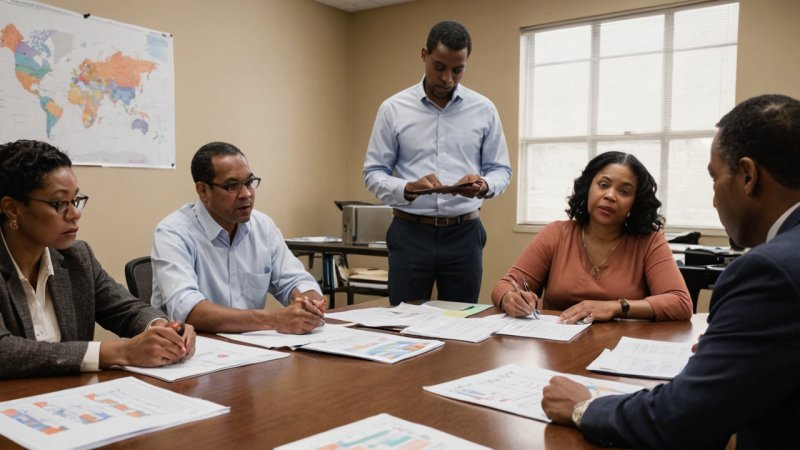Introduction
Civic engagement is essential for a thriving democracy. It empowers individuals to participate in the political process, influences decision-making, and strengthens community ties. In this article, you will learn how to foster civic engagement in your community through practical steps, including organizing events, utilizing social media, and collaborating with local organizations.
Step 1: Understand the Importance of Civic Engagement
Before you can promote civic engagement, it is crucial to understand its significance. Civic engagement ensures that citizens have a voice in the political process and encourages participation in democratic practices. Here are some key points to consider:
- Empowerment: Civic engagement empowers individuals to express their opinions and influence change.
- Community Building: Engaging in civic activities fosters a sense of community and belonging.
- Informed Citizenry: Civic engagement encourages individuals to stay informed about local and national issues.
Step 2: Identify Local Issues
To effectively engage your community, start by identifying local issues that matter to residents. Conduct surveys or hold community meetings to gather input. Consider the following methods:
- Surveys: Create a simple survey to collect opinions on pressing local issues.
- Focus Groups: Organize focus groups to discuss specific topics in depth.
- Community Forums: Host open forums where citizens can voice their concerns and suggestions.
Step 3: Organize Civic Engagement Events
Once you have identified key issues, organize events to promote civic engagement. Here are some ideas:
- Town Hall Meetings: Invite local leaders to discuss issues and answer questions from the community.
- Workshops: Host workshops on how to engage with local government or participate in elections.
- Volunteer Opportunities: Create opportunities for residents to volunteer in local organizations or initiatives.
Step 4: Leverage Social Media
Social media is a powerful tool for promoting civic engagement. Use it to reach a broader audience and encourage participation:
- Create a Community Page: Establish a social media page dedicated to civic engagement in your area.
- Share Information: Post updates about local issues, events, and ways to get involved.
- Engage with Followers: Encourage discussions and feedback on your posts to foster a sense of community.
Step 5: Collaborate with Local Organizations
Partnering with local organizations can amplify your efforts in promoting civic engagement. Consider the following:
- Nonprofits: Collaborate with nonprofits focused on civic education or community service.
- Schools: Work with local schools to promote civic education among students.
- Government Agencies: Engage with local government to support initiatives that encourage civic participation.
Step 6: Measure and Evaluate Your Efforts
After implementing your strategies, it is important to measure their effectiveness. Use the following methods:
- Feedback Surveys: Distribute surveys to participants to gather feedback on events and initiatives.
- Participation Metrics: Track attendance at events and engagement on social media.
- Community Impact: Assess any changes in community involvement or awareness of local issues.
Conclusion
Fostering civic engagement in your community is a rewarding endeavor that strengthens democracy and builds connections among residents. By understanding its importance, identifying local issues, organizing events, leveraging social media, collaborating with organizations, and evaluating your efforts, you can make a significant impact. Remember, every small action contributes to a more engaged and informed citizenry.






